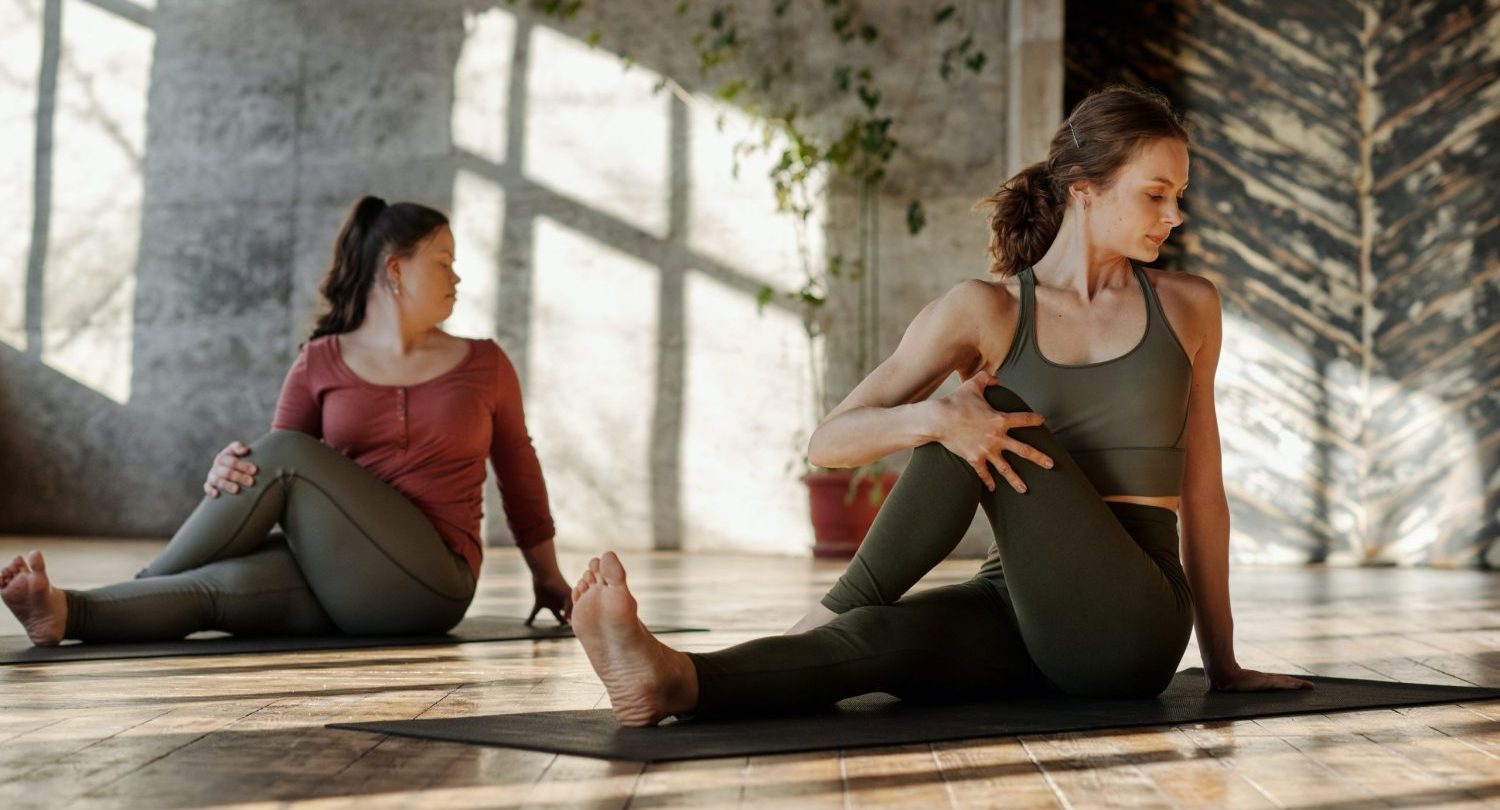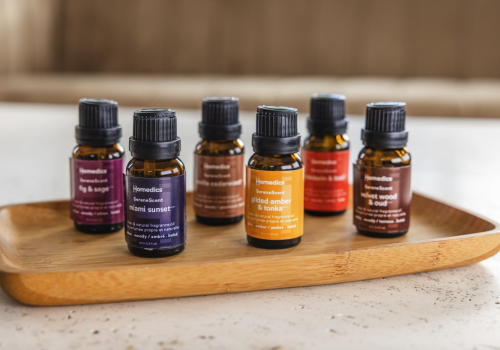Lower Back Stretches for Flexibility and Pain Relief
Your lower back never seems to get a break. Whether you’re sitting at a desk, lifting heavy objects, or standing on your feet all day, your lower back plays a major role in supporting your posture and giving you core strength.
It’s no surprise that, in a 2019 Statista survey, 39 percent of US adults reported experiencing back pain in the prior 3 months, making it the most common type of pain reported in the survey.
Learning how to stretch your lower back can help alleviate some of the soreness and stiffness you feel and make day-to-day activities a bit more comfortable.
Benefits of Lower Back Stretches
Doing lower back stretches on a regular basis is a fast and simple way to promote better flexibility in the joints and muscles that you depend on.
Research has also found stretching to be effective at reducing some back pain.
- In one 2020 study, pregnant women who performed stretching exercises experienced reduced back pain.
- Participants in a 2011 study reported reduced back pain and improved function after doing either back stretches or yoga.
- In a 2018 study, participants experienced significantly less severe lower back pain after doing a series of back stretches.
How to Stretch Your Lower Back in Just a Few Minutes
You don’t need to spend hours per week doing complicated stretching routines to feel better.
Learn how to stretch your lower back with the following simple movements.
Knee to Chest Stretch
You’ll really feel the stretch doing this knee to chest movement, which works the lower back area and the glutes.
To do the knee to chest stretch, lie on your back on a yoga mat or carpet and bend your knees to about 90-degree angles. Then, use both hands to grab one leg just under the knee and pull your knee slowly up toward your chest.
Keeping your upper back and shoulders flat on the ground, pull your leg to stretch your lower back muscles and glutes. Then, release your leg and repeat with the other leg. Do this 3–5 times on each leg. You can do this stretch after you exercise or make it part of your morning or nighttime routine.
Pelvic Tilt
The pelvic tilt is actually an abdominal exercise that gently stretches your back. But strengthening your abs and other core muscles can help reduce the strain on your lumbar spine and alleviate lower back pain, according to the Cleveland Clinic.
While keeping your shoulders flat and your butt on the floor, gently arch your lower back away from the floor and hold it there for a few seconds. Then, relax so your back is flat on the floor again.
Next, squeeze your abdominal muscles to flatten your back on the floor. Hold your back there for a few seconds before releasing.
Repeat the stretch between 5 and 15 times.
Cat-Cow Stretch
The cat stretch is like an inverted version of the pelvic tilt, where you’re on all fours instead of lying on the ground.
To do this stretch, get on your hands and knees with your shoulders and thighs parallel to each other. Then, slowly arch your back by tightening your abdominal muscles and lifting your back upward.
Next, slowly return to the starting position and keep lowering your stomach forward, relaxing your abs so that your stomach pushes out toward the floor. Repeat this lower back stretch a few times in the morning or at night.
Child’s Pose
This yoga pose is also an excellent whole-back stretch, which you’ll feel from your shoulders down to the base of your spine. It can also stretch your pelvic floor muscles. This is worth doing as part of your morning or bedtime routine, or even as part of your mindfulness practice.
Start by getting onto your hands and knees on a yoga mat. Then, slowly sit back onto your heels, keeping your hands stretched out in the same position on the floor.
As you lower yourself and rest in that position, breathe deeply until the stretch is felt in your lower back muscles, lumbar spine, and glutes.
Keep breathing as you hold the position for as long as you feel comfortable, and let your body relax.
Sphinx Stretch
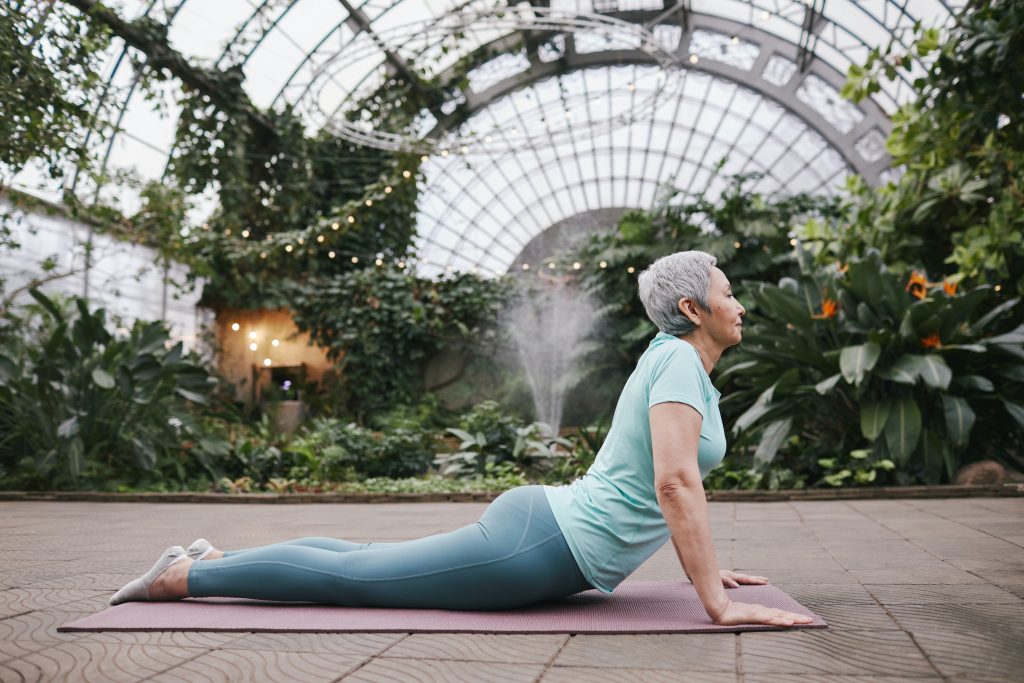
To do the sphinx stretch, lie on your stomach on a soft but firm surface, like a yoga mat or carpeted floor. Rest your elbows on the ground with your forearms out straight ahead of you. Your legs should be straight out behind you.
This one’s all about being mindful of your lower back and the muscles that support a strong core. Slowly and gently start squeezing your lower back muscles and glutes to lift your chest off of the floor. You can push with your arms as you extend them, too.
Hold yourself in that raised position for 15–30 seconds. Then, let your chest and arms relax onto your elbows again.
Lower Back Bridge
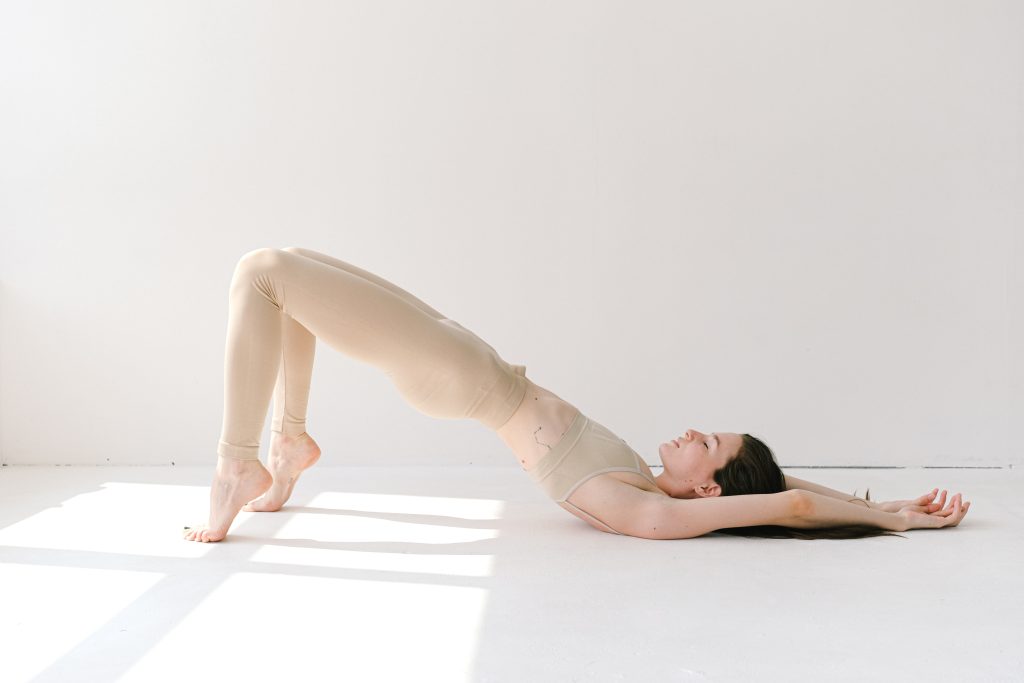
The bridge is an exercise that both stretches your lower back and helps strengthen the muscles that support it. And it’s another simple no-equipment stretch that you can do in just a few minutes anytime you want.
To do the bridge exercise, lie on your back with your knees bent so your feet are fairly close to your body. You can adjust how close your feet are to your butt for your own comfort.
Then, squeeze your butt, hamstrings, and lower back muscles and slowly raise your waist off the floor until you’ve made a straight line from your knees to your shoulders. Keep your shoulders and feet flat on the floor and your head neutral.
If you can, hold yourself in the raised position for a few seconds each rep. You can do this exercise 5–10 reps at a time or more if you feel comfortable with it.
Lying Lower Back Rotation
The lying lower back rotation is a relaxing, relieving stretch that lets you lie down, take pressure off your spine, and twist your hips for a thorough stretch.
To do the lying rotation stretch for your lower back, lie flat on your back with knees bent and feet flat and close to your body. Then, slowly let your knees fall to the left side, rotating your lower back until your knees nearly touch the floor.
Next, rotate your legs in the other direction, breathing steadily and moving slowly. Hold each rotated position for a few seconds, keeping your shoulders flat on the floor throughout the movement.
Seated Spinal Rotation
Similar to the lying rotation stretch, the seated spinal rotation involves twisting at the waist and stretching your lower back.
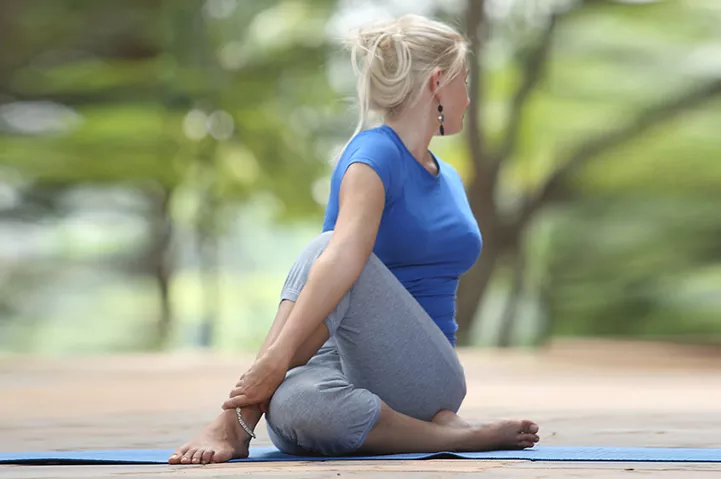
To do this stretch, sit on the floor or on a pad with your legs straight out in front of you. Bend your left knee to about 90 degrees and cross your left foot over your right leg.
Next, extend your right arm straight out against the outside of your bent knee. You can support yourself with your left hand touching the ground behind you. Then, push slowly against your left knee with your right arm to twist your body to the left. Focus on rotating at your waist.
After holding the stretch for a few seconds or as long as you feel comfortable, return to the starting position and repeat in the other direction by switching hands and legs.
If you’re not quite comfortable sitting on the floor, you can modify this stretch by doing it in a chair. Follow the same steps above to brace your arm against your leg and twist your spine but, instead of sitting on the floor, sit in a chair and let one footrest flat on the ground.
Lying Piriformis Stretch
While this stretch focuses more on stretching the glutes, it can also work as a lower back stretch and may help relieve some low back soreness caused by the piriformis muscles. This stretch is also a bit more complex than the others, but it still requires no special equipment.
Start by lying on your back and bringing your feet close to your body. Then, cross your right leg over your left so your right shin is resting against your left knee.
Next, grab the back of your left thigh with both hands and pull your left leg toward your chest. Doing so will stretch your right leg, too—especially your gluteal muscles and lower back.
Relieve Tension with Lower Back Stretches
Practicing lower back stretches is a simple and relatively low-effort way to help promote flexibility. Back stretches and core strength exercises may be just what you need to feel less tension and better relaxation, especially after long hours using your back muscles.
That’s why learning how to stretch lower back muscles is important. A lower back massager cushion can also help with relieving tension along with stretching. Add some of these stretches to your daily routine to help avoid stiffness and soreness.
Sources
- Share of adults who experienced pain in the past 3 months by body region U.S. 2019 | Statista
- Effectiveness of back-stretch exercise on back pain among pregnant women
- A Randomized Trial Comparing Yoga, Stretching, and a Self-care Book for Chronic Low Back Pain
- Effects of stretching exercise training and ergonomic modifications on musculoskeletal discomforts of office workers: a randomized controlled trial
- Why a Strong Core Can Help Reduce Low Back Pain – Cleveland Clinic

